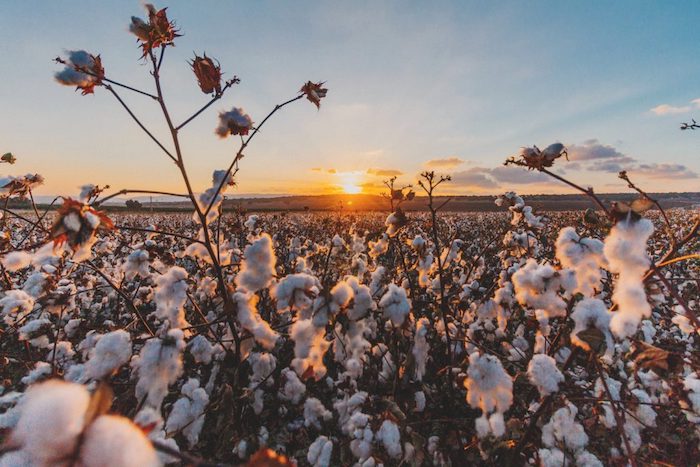Sourcing Ethical Materials: Understanding the origin of your fabric

Choosing eco-friendly fabrics can be an imperative factor in determining whether your label can withstand the constant evolution towards a greener industry. But even when making conscious decisions about your material choices, it’s hard to know what the most sustainable choice can be.
Here’s our short list of mighty materials leading the way in eco-fashion!
Cotton
What is probably the most durable, versatile and widely used textiles, cotton is actually the most damaging to our ecosystems and natural resources! In its production, a substantial amount of dyes and pesticides can be added, plus it can be a hard task in determining the conditions that the cotton has been harvested in.
However, organic cotton is a great alternative that can ensure transparency in the harvesting of the material. Read more here on the production of organic cotton.
Lyocell
Have you heard of lyocell? This nifty fabric might just be the way of the future! Lyocell is an environmentally friendly material made from wood pulp. The fibre can be more expensive than other materials, however is proven to have fantastic results being both 100% biodegradable and uncompromising with quality and comfort. Read more here on the game changing benefits of lyocell here.
Hemp
One of nature’s wonders, hemp is a material bursting at the seams (pun intended!) with environmental benefits. This crop has the potential to clean up soil pollution and maybe most impressively, only requires half the amount of water to produce into a textile than cotton. Major brand Patagonia says “[it] has a wonderful drape, comparable to linen.”
Read more here on the benefits of hemp in fashion and society at large.
Bamboo
Bamboo is a fast growing, naturally produced material that has become a popular textile choice in sustainable fashion. The textile is naturally super soft, UV repellent, odorless and antibacterial.
The downside to the widespread use of bamboo can arise in the use of chemicals and pesticides when processing the material- i.e – turning Bamboo into a useable material. Viscose rayon is a common form of a bamboo based material, however can often be treated with unnatural solutions at the time of processing.
Bamboo Lyocell is even the next best step for the conscious consumer. Read more here on how it is produced.
Linen
Similar to cotton or bamboo, Linen is a natural fibre produced via extraction from the stalk of a flax plant. The flax plant is SO versatile! Flax can produce a wide range of products from textiles to linoleum flooring, and even providing the natural health benefits of flaxseed oil.
As a textile, linen is extremely durable, hypoallergenic and breathable. Consumers are not compromised for quality, and sources say linen clothing only gets better with each wear!
Read more here on the benefits of the flax plant and linen.
For more information, education and direction, get in contact with Sample Room today. Our industry professionals are here to help!
PH: 03 9041 3488
info@sampleroom.com.au